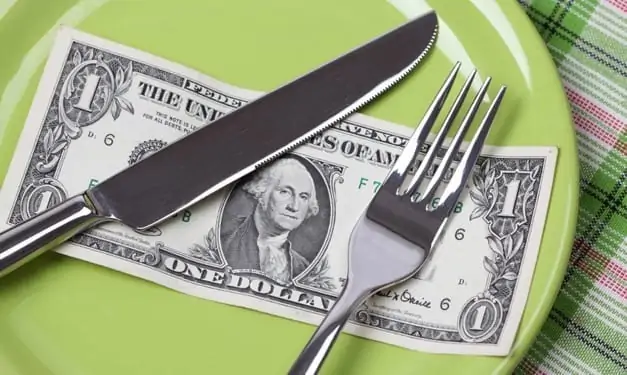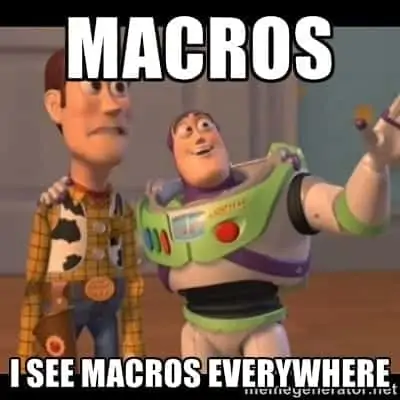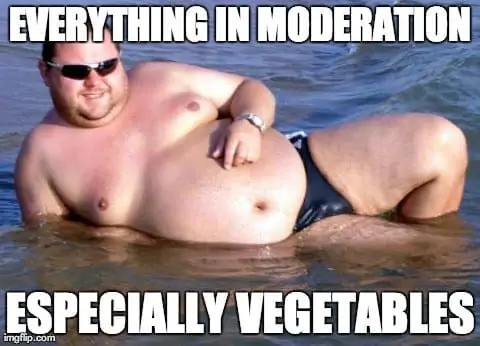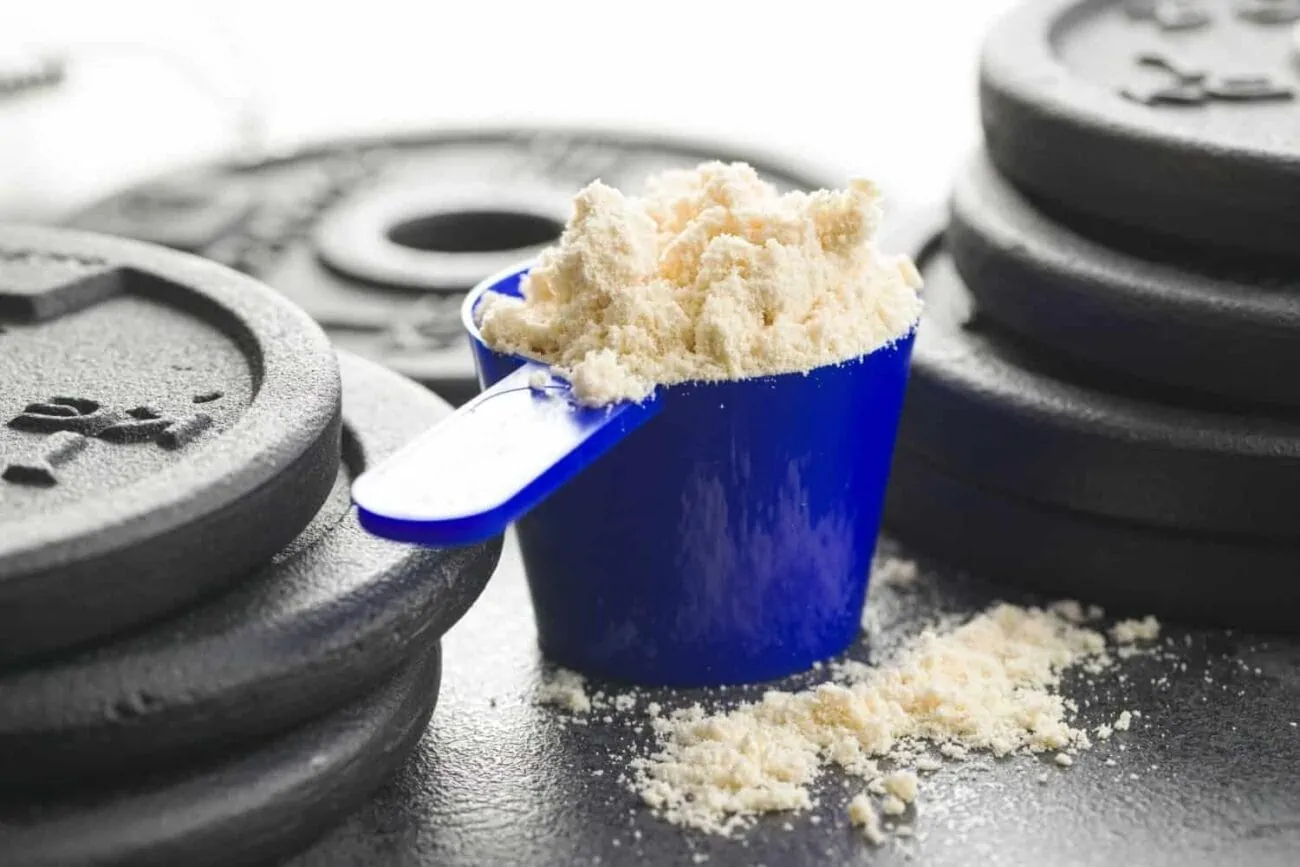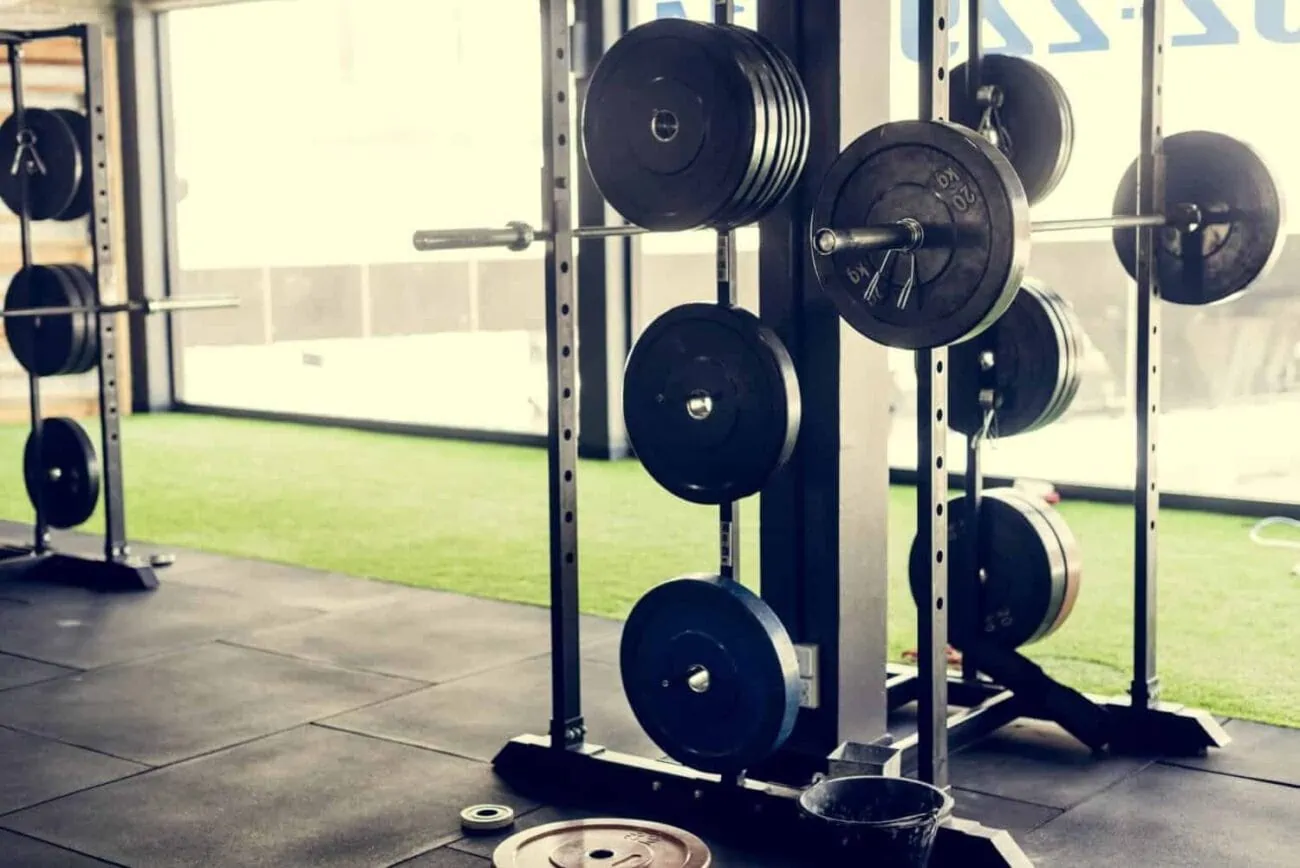Dieting doesn't have to be expensive...and we show you how!
Today's gyms, with more lights than a nightclub, more classes than a higher education university and more instructors selling PT's than people exercising, lead one to believe that attending a gym can be extremely expensive.
As we pass through the ?healthy? of the hypermarket, with prices that look like a Gucci store in Dubai, leads us to think that changing our habits, practicing more exercise and following a more balanced diet, may be impossible in times of crisis.
The intention of this article is to share some ideas, at least regarding the diet, and ensure that the monthly expenditure on the diet is not an excuse for not starting.
First of all, some important points:
-
Preparation – When we don't have our meals prepared, it leads us to make less wise choices: we end up eating out (more difficult to track calories and more spent???), making occasional purchases at the supermarket (more expensive, less controlled).
-
Being important doesn't mean being cheap – We can save on our diet, but it doesn't mean it's an exaggeratedly boring diet. Let's buy more expensive things in moderate doses, less essential for the diet, but which will allow us to enjoy what we like in a smaller percentage.
As another saying would say: “it’s a double-edged knife”. It benefits your wallet and diet with the minority inclusion of these foods.
-
Make a summary of your current food expenses – You will probably be surprised (a lot) by how much you spend on cookies, dinners/lunches out, soft drinks, chocolates, stops at the gas station. And that night that ended in the trailers?
As for gyms, I'm not going to advertise, but there are already lots of low-cost offers with enough equipment to achieve the body you're possibly looking for.
If you're sure of what you want, creating your own home gym can be a huge saving in the long run.
The beautiful and the ugly of flexible dieting
Flexible dieting (aka IIFYM) is increasingly popular.
In addition to other errors made due to its misinterpretation, there is the general inconvenience of everything fitting “in macros”.
Even though my vision of flexible dieting is to “be inclusive”, it doesn’t mean that this is the excuse to eat out more often or eat “real food” less often.
I think that if the idea is an excuse to eat whatever you want as long as it fits into your macros, set aside one day a week to play with mathematical equations, trying to keep the focus on less processed foods on the remaining days of the week.
In general, I end up seeing a lot of ?flexdieters? who only make occasional purchases, or almost always eat in restaurants, etc.
Therefore, I continue to be an apologist for rational thinking:
-
What matters most right now?
-
Change your body?
-
Avoid a hole in the budget?
Then set priorities.
Prepare lunch boxes, shop while taking advantage of promotions, and plan important dates to avoid your diet, having the freedom and relaxation on those days to eat out and have fun.
Create your menu
Now that you know my basic views on the subject, let's try to understand how to approach the diet in order to optimize the investment (because you are investing something, in yourself and your goals).
Steps to create your menu
-
Set your daily calories/meal, or just based on your diet goal (hypercaloric, hypocaloric, low carb, paleo, etc).
-
Create meals based on the goal defined for the day (being able to associate practical and easy recipes).
-
Create several simple options for each meal, so you can vary between them.
-
Create a basic shopping list, based on your menu.
-
Print the menu and use it as a basis for your shopping trip, in order to avoid impulse purchases.
-
Include a list of spices to your taste, which allow you to enjoy the food and avoid buying foods already seasoned with unnecessary substances/products/calories.
Some (small) adjustments that allow you to optimize your menu
- Normal pasta is cheaper than wholemeal pasta, plus it doesn't make much difference nutritionally.
- White brand rice (continente, pingo doce, etc.) is generally cheaper than other more reputable brands. Nutritionally, (almost) nothing changes and anyone who consumes a lot of carbohydrates will probably notice positive impacts on their budget with this change.
-
Save calories and budget by cooking with a good non-stick frying pan and, if necessary, olive oil/coconut oil spray (I usually use extra virgin olive oil spray).
-
Chicken and tuna are cheaper than salmon and prime cuts of beef, use the former in greater quantity, thus ending up cutting calories and possibly a few euros from your budget.
The missing fat from this exchange can be replaced with nut butter and olive oil, for example.
-
Frozen vegetables are cheaper than fresh ones.
Now let the “anti-frozen” defenders come. Frozen vegetables will always be a better option than not eating them at all.
-
The same rule applies to canned goods. They are delicious, cheap and practical.
Note: Last chapter has some examples of meals.
How to begin?
You already have the menu, you already have the shopping list, now what?
Now comes the part that is most important.
I read the leaflets from the main hypermarkets every week, they are available online and it is easy to find the basic foods that are on sale. It's usually easy to save a lot on meat/fish/eggs with these weekly promotions.
For meat and fish, the ideal is to buy for the entire month if possible, pack in individual bags and freeze. The ideal is to always remove it to thaw in the refrigerator 24 hours in advance.
Always look for possible agreements with local suppliers. For example, in the Power Fitness group we have a supplier of chicken breast at 3.5%/kg. There are many of us and the price is very attractive without having to queue at Pingo Doce.
The same applies to fruit and vegetables, there is a lot of local shops with prices equal to/lower than hypermarkets. For example, I discovered a few weeks ago that I have a grocery store on my doorstep with products almost all made in Portugal (few imported), with a price 15-20% below that of hypermarkets. And the flavor is much better than frozen (imported) bananas.
So, in short, we can try to use the following idea: ?I eat these 15 foods, 5 of which are on sale and are it worth stocking up on? instead of the impulsive thought: “I'm going to buy everything because it's on sale”.
Where to buy?
My favorite supermarkets:
-
Aldi – Listing the main items with good price/quality: canned tuna (2x the normal can), canned goods in general (includes lentils, ratatouille, jalapeños, etc.), Quark 0%, Cottage cheese 0%, lactose-free milk, fresh in general.
-
Lidl – Listing the main items with good price/quality: Ice Tea 0%, Quark 0%, Light Greek 2%, whole Cheerios, assorted cereals, fresh in general.
-
Makro – Listing the main items with good price/quality: Frozen hake fillets, Fullprotein 0%, 1L egg whites, Gin and tonic water (it's often cheaper lol).
-
Jumbo – For those who don't have access to a Makro card, Jumbo also sells egg whites.
-
Local market - Always look for alternatives offered by grocery stores/butchers in your area.
How to save money (and time!) when preparing food
Another useful solution is to save time and money on preparing food.
-
Microwave Recipes – They don't kill you, unlike some lost items, and they are super practical on difficult days (which we all have).
Who doesn't like ?chips? Sweet potatoes in the microwave?
-
Pressure cooker – It allows you to cook huge amounts of food using just meat, vegetables, seasonings and some sauce to taste (as simple as ripe tomatoes).
The “slow cook” recipe of chicken in page It's my favorite.
-
Cook in advance – Cook in quantities that last several days. It allows you to save time and money.
Bonus 1: Meal Examples
Below are some examples of meals that can be prepared to be used on several days, which include affordable and, of course, TASTY options.
Breakfast
-
Eggs + Whites and Fruit (Sweet version).
-
Egg and/or egg white omelette, using vegetables that are spoiling in the fridge.
-
Quark 0% with frozen red fruits, or fresh fruit and/or dried fruits.
-
Overnight Oats, just cook the oats with water/milk and add Whey if necessary. Leave overnight and consume cold in the morning. (with honey on top only when eating and it doesn't even look like they are following a diet).
-
Whey shake, Fruit, Spinach (frozen does not leave any flavor), Cereals, Dried fruits, etc. Fast and effective.
-
Oat and whey pancake. One classic.
Lunch dinner
-
Thins bread with homemade chicken burger and Light cheese (Aldi) + salad.
-
Black-eyed pea, onion, tuna and pepper salad.
-
Slow Cooks with rice, beans and vegetables.
Desserts/Snacks
-
The magnificent whey fluff.
-
Microwave cake with whey (#beltsanderbrownie).
-
Quark with Flavdrops + Fruit.
-
Boiled eggs + Fruit.
-
Light cream cheese (Aldi) with stevia and cinnamon. It looks like rice pudding!
*You can find these and other recipes here It is here.
Bonus 2: Where do we waste???
We've already talked about where to save, and how to follow a balanced diet (whether for gain muscular mass or lose fat) may not be as expensive as many people think.
To finish, let's now focus on where in this area of fitness (not just food) we waste money.
-
Excess protein – Many people have a daily protein intake above 3g/kg of weight.
Unless you like to waste money, 2g/kg is enough to maintain/gain muscle mass without having too “catabolic” effects. in the budget.
Never forget that the biggest monetary expense in our diet is usually on protein sources.
-
Organic food – There is still insufficient evidence that the increased cost brings benefits equivalent to the difference in value.
I'm not saying don't consume them, but if budget is a problem, avoid them.
-
Useless supplements – No supplements are mandatory, but that also doesn’t mean they have no use. For example, the whey It's very practical and is cheap per dose.
More supplements only if the budget allows.
-
Expensive workout clothes – They are beautiful but they don't bring results.
-
Accessories - Pedometers, heart rate monitors, etc. They're cool, they can be useful, but they're not mandatory.
I hope that now at the end of the article, there is more clarity regarding the doubts about whether following a diet is expensive or cheap. Or justify that they can't follow any diet because they don't have money?
Possibly with a few tricks you can follow the diet you want, to achieve the body you want, spending less than you imagine!
Article written by Team Sik Nutrition
[author image=”https://ginasiovirtual.com/wp-content/uploads/2016/01/logo-sik.jpg” ]Team Sik Nutrition is a recent group of people passionate about the world of Fitness. The Team's focus is to guide, educate and motivate those interested in achieving their health and fitness/performance goals. All this sharing is based on scientific facts and the experience of Team members.
The CEO of Team Sik Nutrition is João Gonçalves. Amateur powerlifter, passionate about Fitness and writing articles.
Facebook Team Sik Nutrition[/author]

